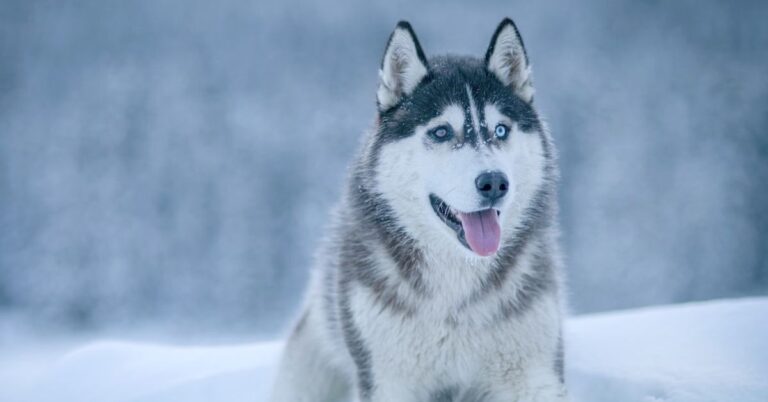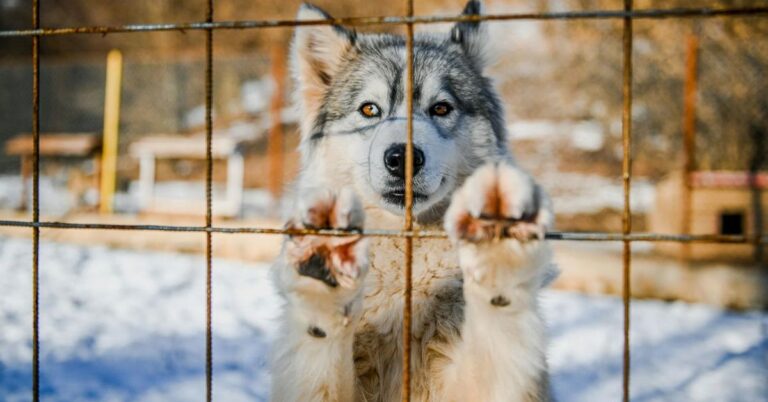15 Dog Breeds With a Genetic Predisposition to Hip Dysplasia
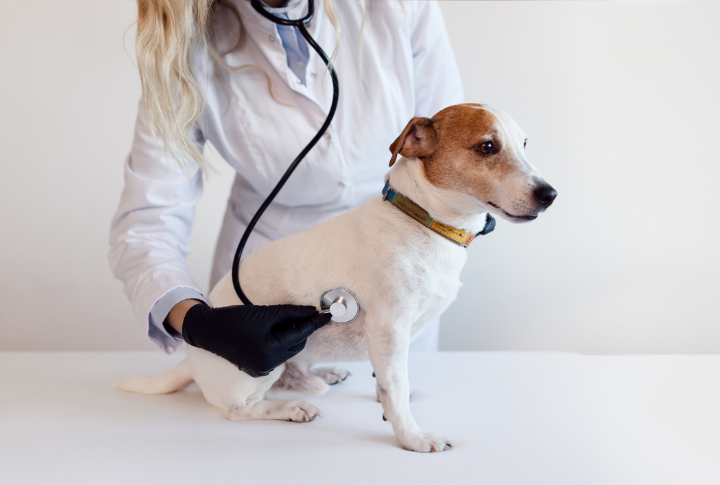
Hip dysplasia, a painful and debilitating ailment, is particularly prevalent in certain dog breeds. This condition, which can significantly affect a dog’s mobility and quality of life, often requires ongoing veterinary care. Understanding which breeds are more susceptible can help pet owners make informed decisions and take preventive measures to ensure their pets live happy, active lives. Read on as we look into 15 dog breeds with a higher genetic predisposition to hip dysplasia.
Golden Retriever

Similar to all large dog breeds, Golden Retrievers are unfortunately prone to joint issues like hip dysplasia. The genetic condition can surface during puppyhood due to skeletal immaturity or later in life when osteoarthritis sets in. Owners should monitor their dogs for any signs of discomfort or changes in behavior.
French Bulldog

Characterized by a loose hip joint, hip dysplasia is a common hereditary issue in French Bulldogs. This condition often progresses to arthritis and degenerative joint disease, causing chronic pain. Responsible breeders should provide health information and X-rays to avoid passing this trait, while medical management and surgery can alleviate symptoms.
Rottweiler
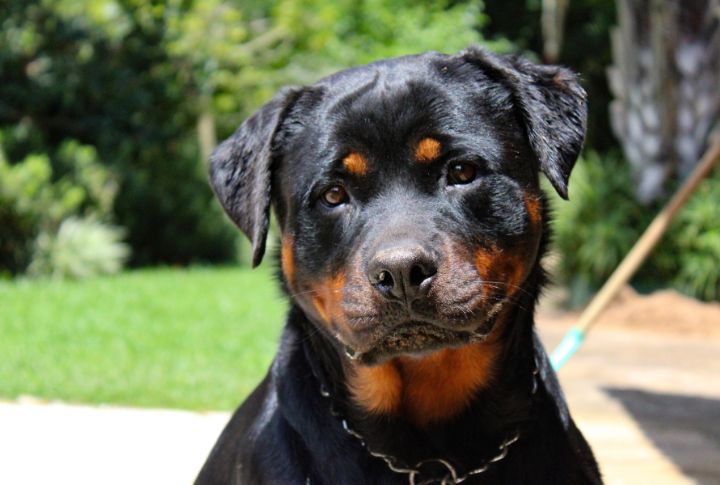
Another large dog breed is the Rottweiler, which is loyal and easy to train. However, it often suffers as the femur head misaligns with the hip socket. Painful and debilitating, it may require expensive hip replacement surgery and can still result in arthritis. Additionally, Rottweilers can face various health issues, including heart problems and cancer, necessitating regular veterinary checkups and pet insurance.
Saint Bernard
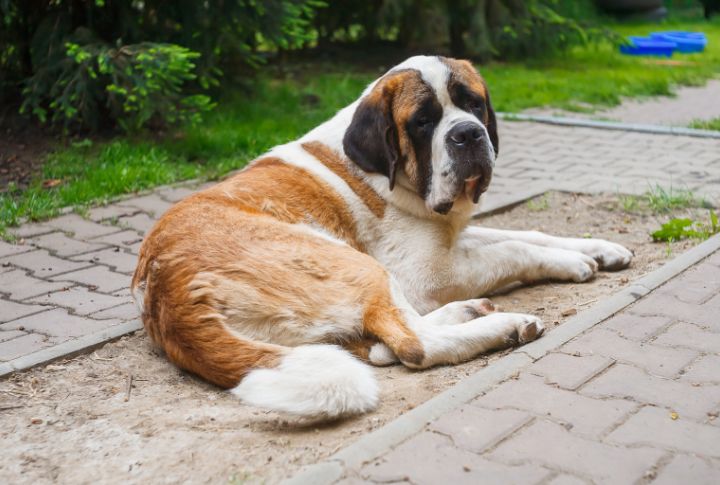
People choose to own Saint Bernards because they’re a massive breed and excellent working dogs. However, because of their size, they can be predisposed to a variety of health conditions. This leads to progressive joint deterioration and potential behavioral changes in affected dogs. Symptoms include an irregular gait, favoring one leg, reluctance to exercise, and pain when touched around the hips.
Boxer
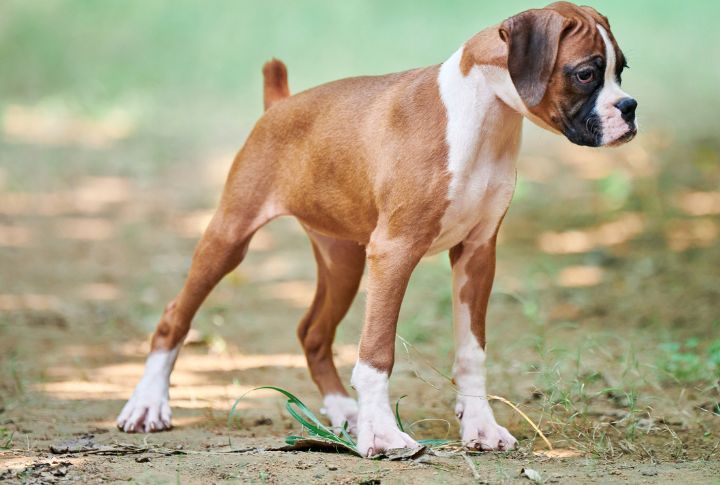
Boxer dogs have a distinctive appearance and loyal demeanor but are susceptible to canine hip dysplasia (CHD), which arises from genetic factors, nutritional influences, and environmental variables. CHD involves a malformation where the femur’s ball and the pelvic socket fail to fit snugly, causing friction, bone spurs, and joint pain. Symptoms include an altered gait, hind leg lameness, and difficulty climbing stairs.
Border Collie
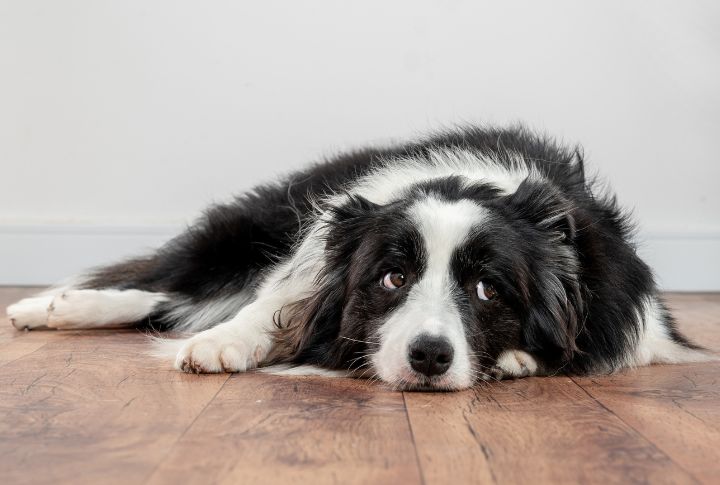
Did you know that the Border Collie comes from a Viking and Roman breed? It makes sense as to why they’re so athletic and energetic. Unfortunately, joint issues are common in Border Collies. Symptoms like hind leg lameness or difficulty rising from rest may indicate the disease. Early detection through X-rays allows for timely arthritis management to mitigate pain.
Old English Sheepdog
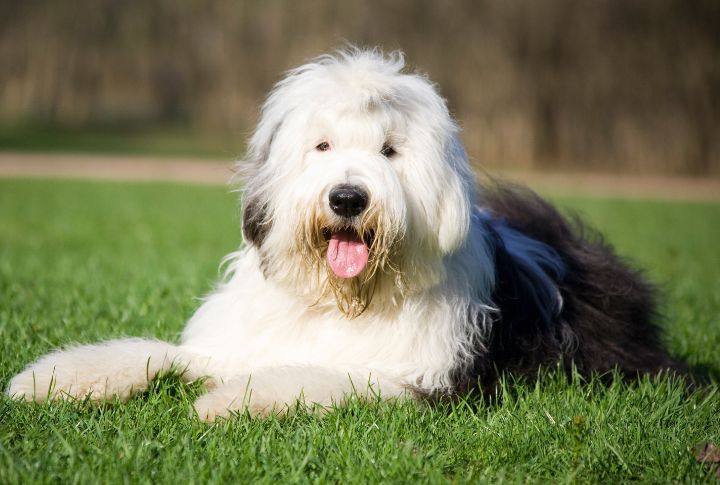
The archetypical shaggy dog is the Old English Sheepdog with features like big tufts of fluffy white fur and floppy ears. This canine is bred explicitly for herding but can also develop health problems like eye problems and hip dysplasia. The joint condition is caused by laxity in muscles and ligaments that normally support the joint, leading to progressive joint instability.
Pit Bull Terrier
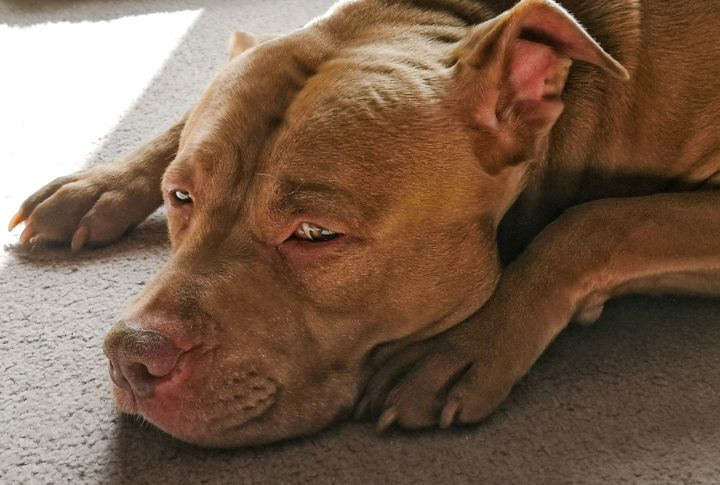
Known for their muscular build, Pit Bulls are tough dogs. Unfortunately, they face hind leg health issues that can significantly impact their mobility and comfort. Moreover, they are predisposed to torn ACLs/CCLs and hip dysplasia, which are common among the breed. These issues can develop from genetic factors, environmental influences, or a blend of both, affecting their overall hind leg health.
Malamute
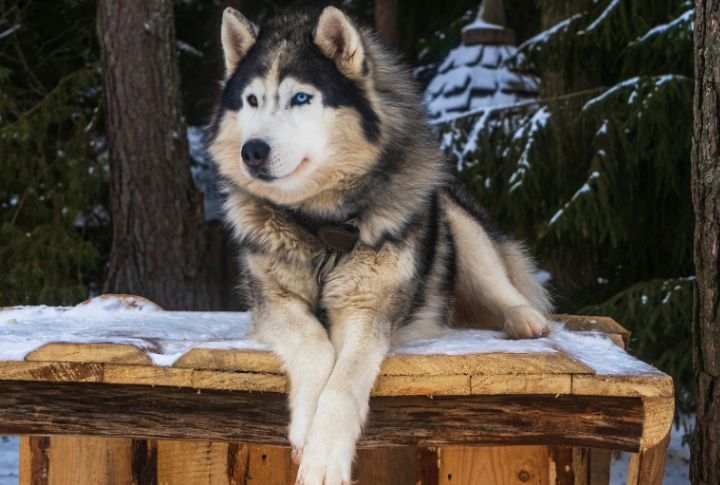
Characterized by its robust build and spitz-type heritage, the Alaskan Malamute is known for its affectionate nature, loyalty, and playful yet dignified demeanor. However, this canine can develop hip problems. While the exact mode of inheritance remains unclear, it is widely believed to be polygenic, potentially influenced by environmental factors.
Airedale Terrier
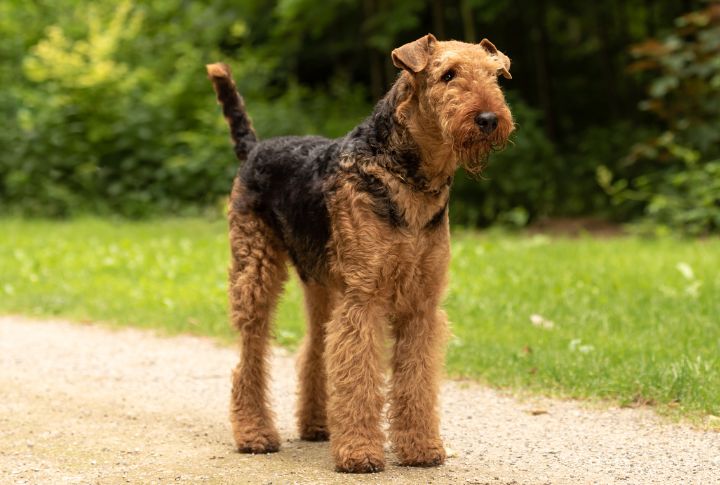
Factors such as obesity, exercise type, and rapid growth rate can exacerbate hip dysplasia in Airedale Terriers. Preventing the inheritance of such conditions involves checking medical records before adopting or purchasing a pet and consulting with a veterinarian on preventive measures and appropriate care. Surgery often becomes necessary to address severe cases of hip issues.
Siberian Husky
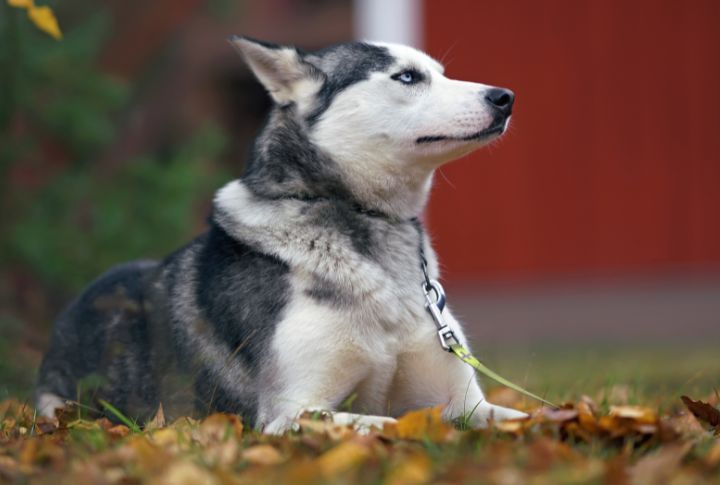
Sled dogs like the Siberian Husky are prone to eye site problems and hip conditions. Early detection of joint conditions allows for surgical intervention, but once arthritis sets in, treatment options focus on pain management. Regular hip evaluations at veterinary clinics are important for monitoring and managing your Husky’s health.
Great Pyrenees
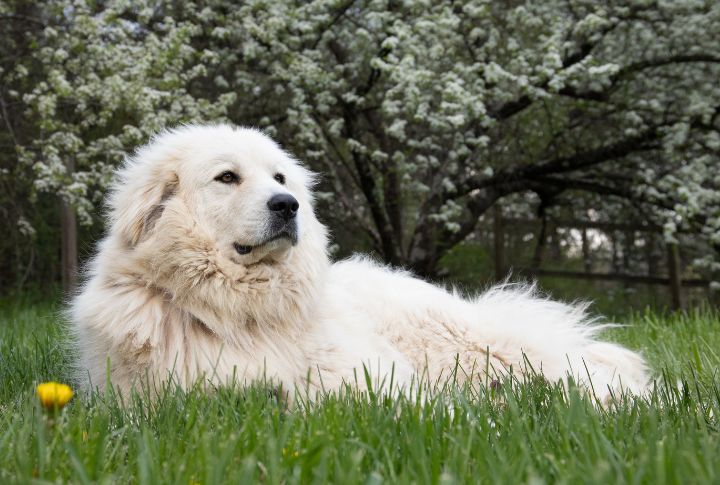
Poor genetics, as well as factors like obesity, inappropriate diet, trauma, and a lack of physical activity, can cause hip dysplasia in the Great Pyrenees. If you suspect your dog is in pain from hip dysplasia, consult your veterinarian for a thorough examination, often starting with X-rays. Supplements like Winston’s Pain Formula can manage inflammation and support joint health.
Shetland Sheepdog
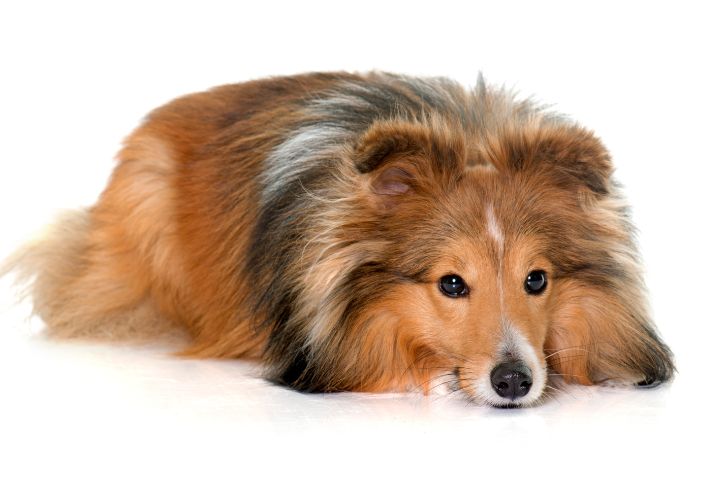
Hip dysplasia in Shetland Sheepdogs can stem from hereditary factors, making them predisposed to the condition. However, the severity can be influenced by other variables like exercise routines, maintaining a healthy weight, and ensuring proper nutrition. These factors collectively impact the development and progression of hip dysplasia in Shetland Sheepdogs.
Jack Russel Terrier

Jack Russell Terriers are prone to hip dysplasia that can worsen with age, leading to arthritis and severe joint pain. Symptoms such as struggling to rise, limping, or difficulty standing after rest indicate advanced stages of the condition. Elbow dysplasia is also common in this breed. Managing weight, providing daily joint supplements, and possibly using a hip brace or wheelchair can help alleviate pain and maintain mobility for affected dogs.
Bernese Mountain Dog
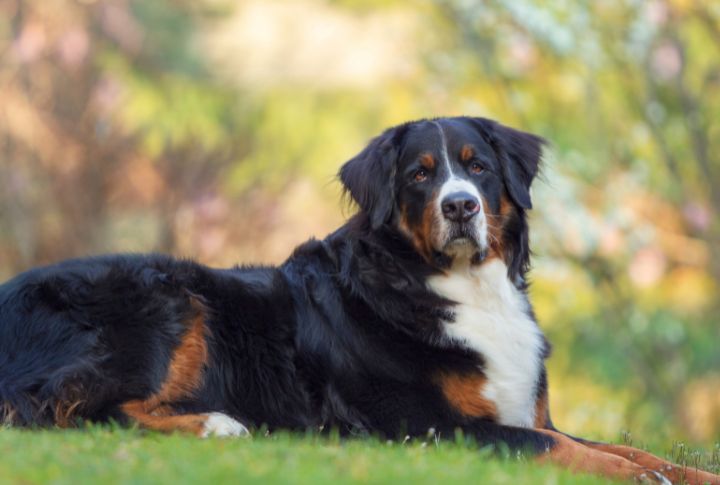
Due to their slow maturation, strenuous activities should be limited during the Bernese Mountain Dog’s growth phase to reduce stress on developing joints. This breed’s genetic predisposition to hip dysplasia means it must have regular veterinary checkups and a tailored health plan to monitor and manage potential joint issues throughout its lifespan.




